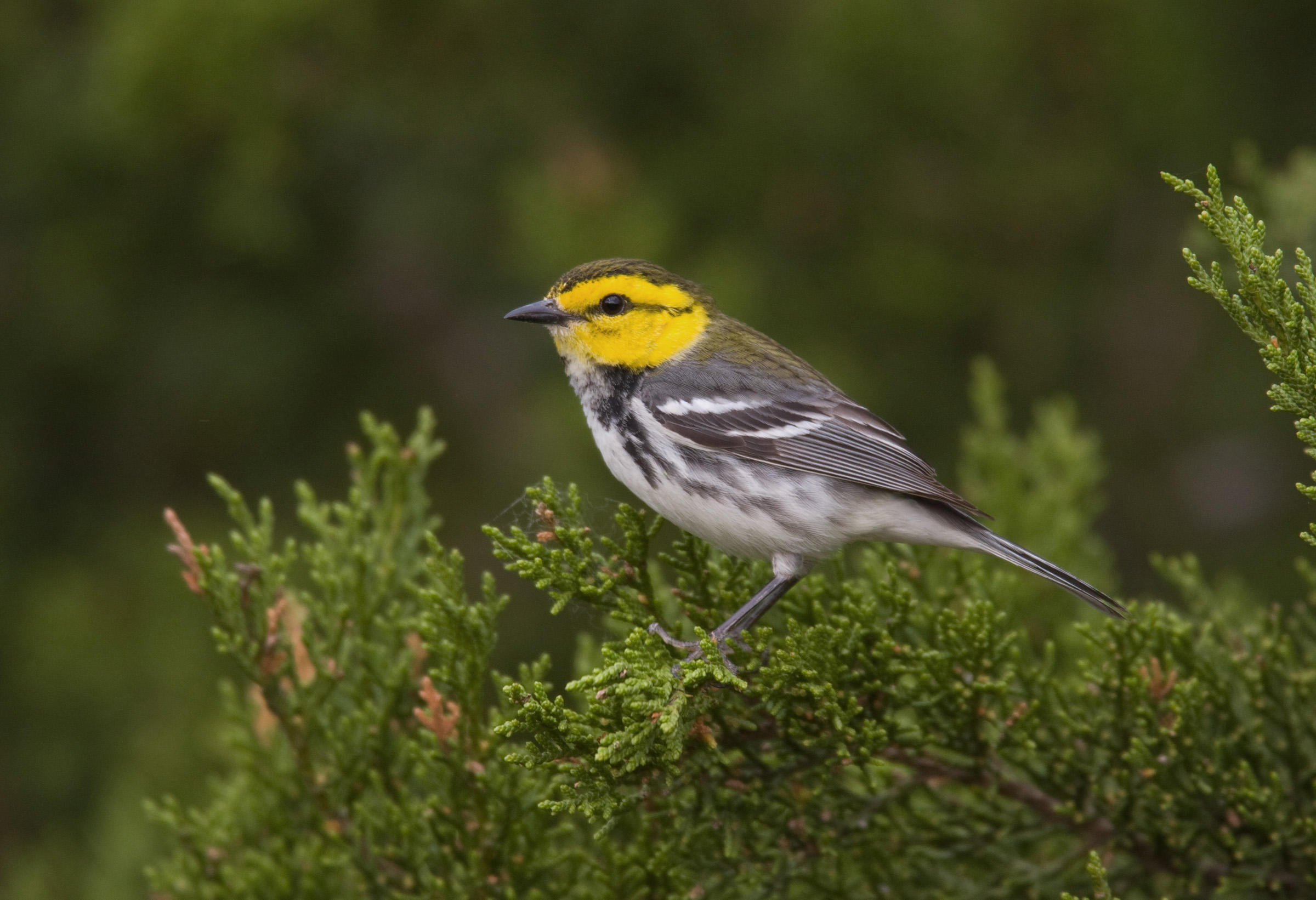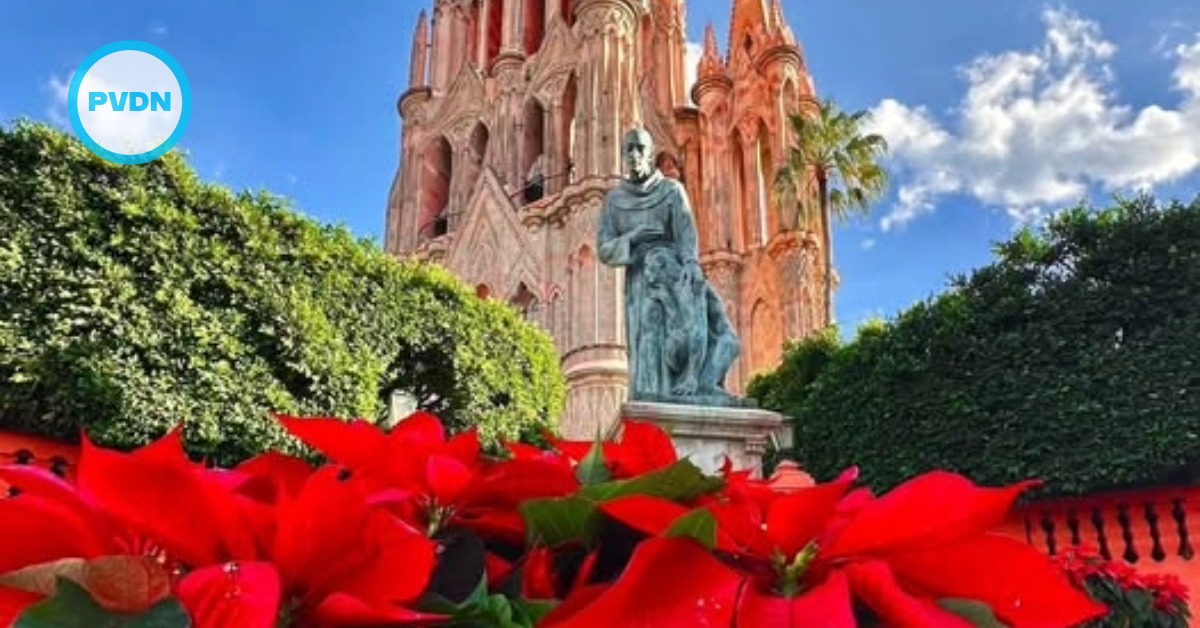Without borders or walls that stop them, these 350 species of birds travel from different parts of the United States and Canada to migrate in Mexican territory thanks to the wealth and diversity that offers them rest from the winter.
Expert on bird conservation, Vicente Rodríguez Contreras, of the National Commission for the Knowledge and Use of Biodiversity (Conabio), regretted that few people today look at the sky and its surroundings to rediscover the country's wealth to house so many birds.
"In Mexico we do not pay much attention sometimes - to the birds - because most are terrestrial species . . .






